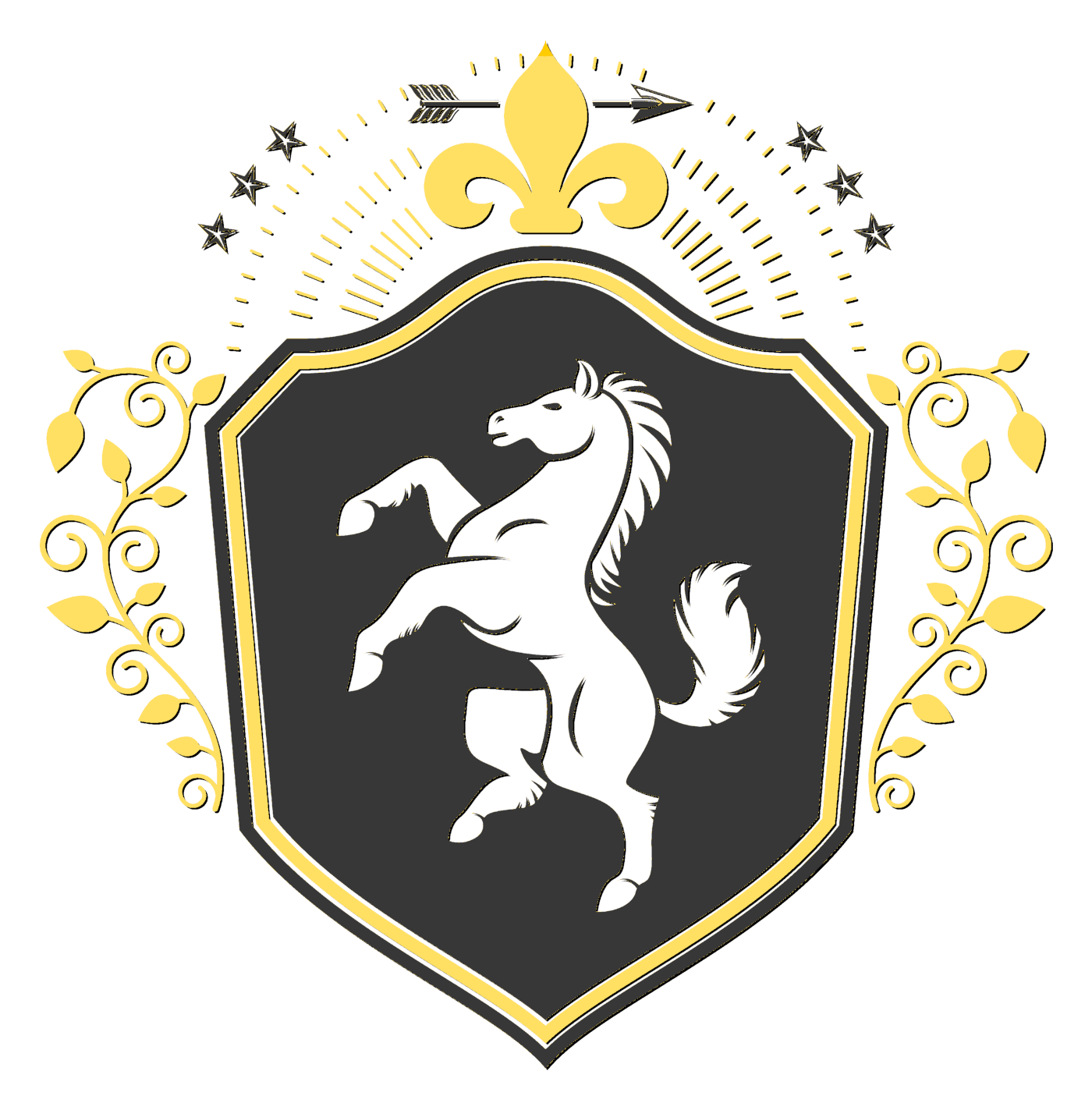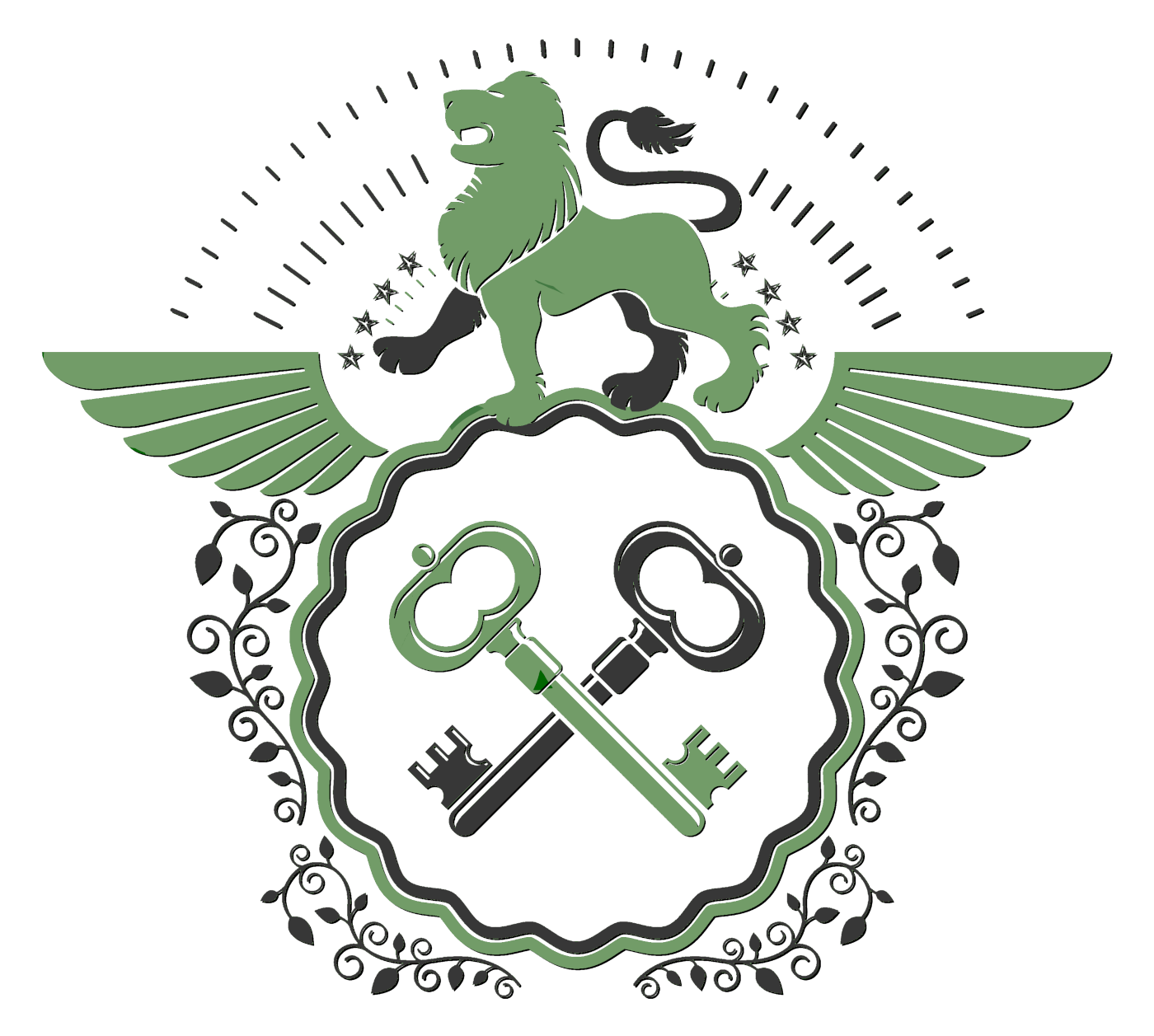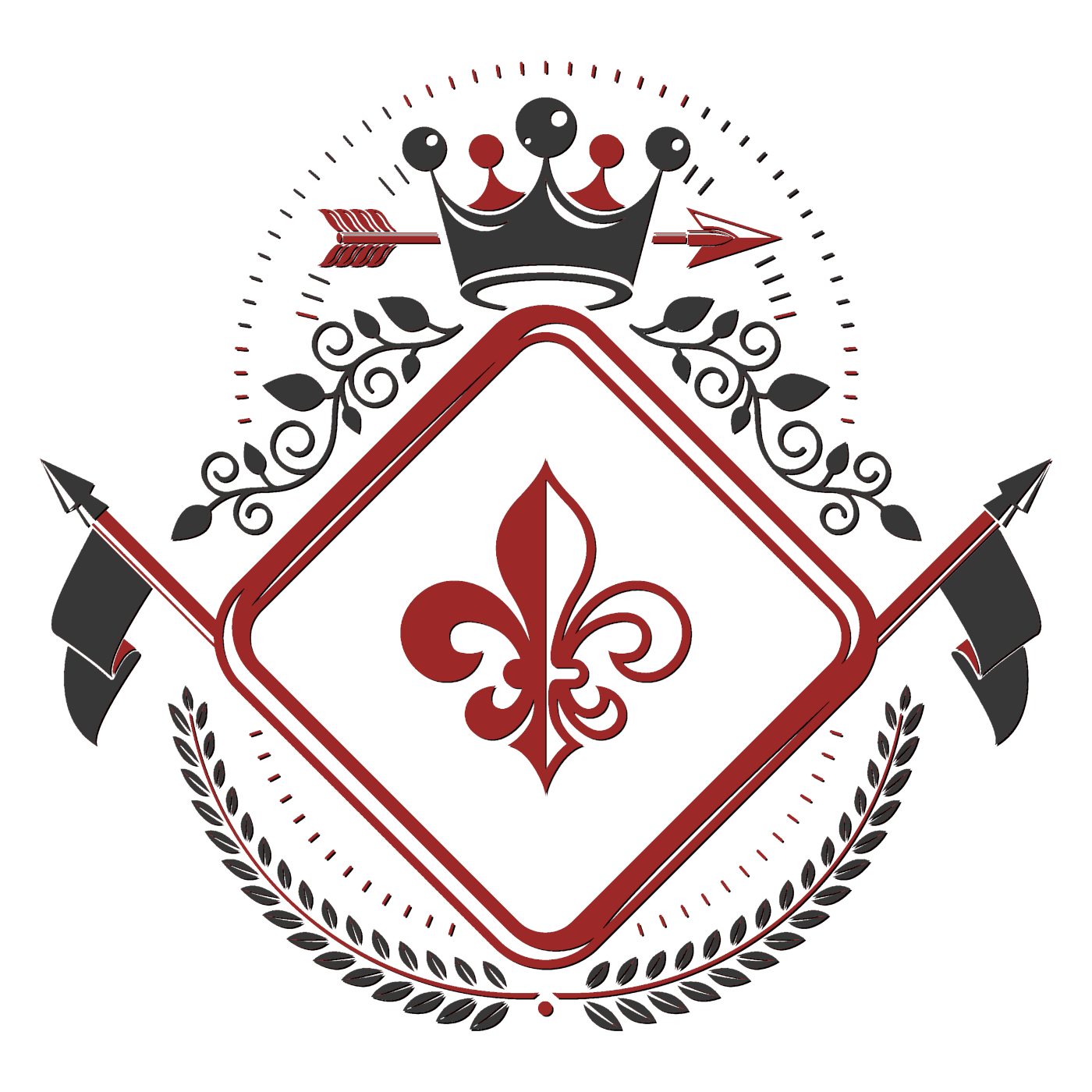Volk Alphabetsee attachment for character chart; digitalization by B.S. MeyersHistoryThe ancestors of the Volk were a mixed group of immigrants that came from a string of neighboring spheres and converged in Erde’s south plains. One boatload of these immigrants came from a sphere with a culture that was ahead for its era; advanced civilization allowed leisure time which promoted the development of arts, including writing. This culture had developed a gorgeous script to represent their native tongue, and they brought their writings with them to Erde. Most of the other immigrants were not so advanced, and this unique group was the only family to keep written records of Erde’s early years.
Unfortunately, life on untamed Erde did not allow for further pursuit of the arts. In the rigors of forging a new life, the settlers let their writing fall to the wayside. To make matters worse, they found that Erde’s vegetation was unsuitable for their form of papermaking; a replacement method was not discovered for a few centuries, preventing easy access to writing materials. The crisis of the Great Darkness was the death blow to the written art; the fight for survival and the struggle to cope with the onset of fading caused the luxury of writing to be all but forgotten. Literacy plummeted and almost vanished for the first 100-200 our-world years after the Great Darkness.
Even though they weren’t writing, they were talking, and the Volk spoken language continued to evolve. The immigrants’ melded their native tongue with that of the other settlers, most of whom spoke Germanic dialects, to produce German. Further social mixing gave birth to the blended Volk race and their complex English language.
As civilization began to gain a firm grip in the second half of the Middle Years, political interactions increased, and so did the need to capture words on paper. By this time, their ancestors’ writing had been rendered useless; the language had been left behind, and no modern Volk could translate the ancient script. Therefore, the Volk designed a new alphabet to accompany their modern language, declaring the artifacts of their ancestors’ tongue forever illegible.
As with most of the Volk’s culture, early character sets took on different forms in each region, as leaders and landlords designed their own system. Sometimes only one person in an estate could read the alphabet; the scribe copied down his lord’s message in a unique code and then carried the paper to its recipient, where the scribe would read it aloud. However, the desire for mutual understanding prompted collaboration; scribes exchanged alphabets and promoted literacy. The number of alphabets decreased to a handful of easily-translated dialects, and the common man began to toy with the ideas of reading and writing. When the Federated formed, they agreed upon the character set shown here, making this dialect the official representative of the Volk alphabet.
StyleThe Volk alphabet was designed with simplicity in mind. Inspired by their tally-mark number system, the Volk developed an alphabet that could be quickly scribbled out. The resulting character set is plain but effective; because the combination of cross-strokes and dots is unique for each letter, the alphabet is legible no matter how sloppily it is written.
The formal way to write Volk characters is with straight, perpendicular lines. This format is used for official documents, particularly those going outside of the Federated, to make it easy to translate into other dialects. In everyday handwriting, however, the characters are often slanted. It is considered acceptable to slant the letters either to the right or to the left; it is also common to leave the down-strokes vertical while slanting the cross-strokes, or vice versa. The differences are considered personal style and vary from person to person, though the trend within the Federated is to write the characters with vertical down-strokes and right-slanting cross-strokes. It is not acceptable, however, to mix different styles within one document.
UseWhile the written word is used extensively for political interactions and business transactions, the Volk view writing as disposable and temporal. Because trees are scarce in the southwest, paper is precious; most everyday writing is done in the dirt or on a surface that can be washed or erased and reused. Most messages are read and then discarded; few long-term records are kept. Extensive recording or tracking of days, though not strictly forbidden, is harshly discouraged, being viewed as demented at best and heretical at worst.
As such, literacy remains optional throughout the Federated. Many serfs learn a simple vocabulary to make trading easier; some enjoy writing as a sort of art form, whether that be scratching in the dirt or painting with ink, but keeping these experiments is discouraged. Storytelling – which mostly consists of fragmented history, news, and legends (most of which are rumors from other cultures) – is reserved for word-of-mouth. Writing down extensive stories is frowned upon. The result is that most serfs use abbreviated grammar and poor spelling when writing; in some estates, to use more formal speech is considered ostentatious for anyone but the powerful scribes and landlords.
However, some Volk make an effort to learn the language in full. Landlords view it as a sign of power, and serfs use their knowledge to bid for jobs. Messengers and scribes, both of which need to read and write in proper grammar, are the most stable and coveted jobs in the average estate. As such, few scribes are willing to share the full extent of their knowledge, lest their student take their job. Those aspiring to become versed in the language must either befriend a benevolent teacher or take it upon themselves to glean the knowledge.



